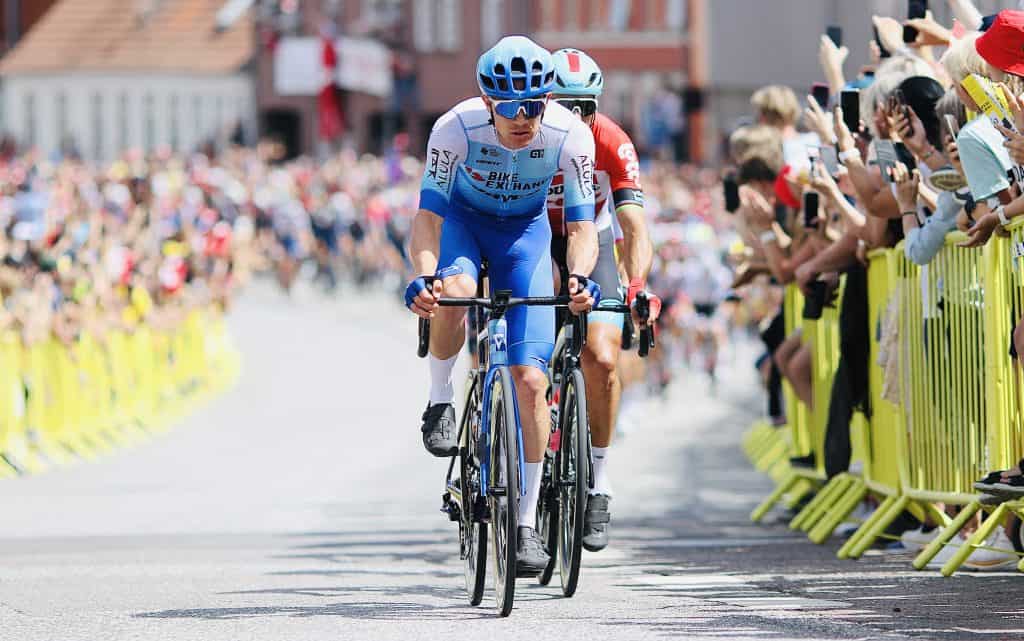Overreaching is not equal to overtraining
The terms overreaching and overtraining are often used interchangeably in the cycling world, but they are not one and the same. It’s important to understand the difference so you can train smarter, not harder. Here’s a quick primer on overreaching vs. overtraining. Overtraining results from your body’s inability to cope with the total amount of […]
Overreaching is not equal to overtraining Read More »

